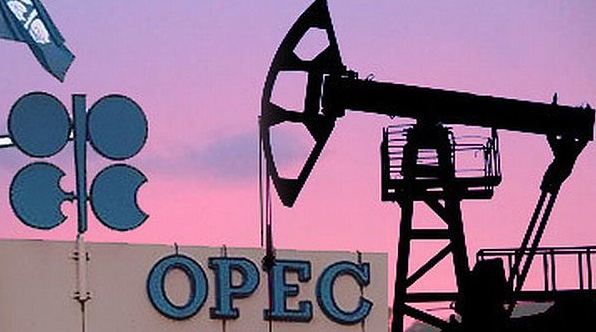Moscow — Russian oil producers may be capable of increasing production by as much as 600,000 b/d within the next nine to 18 months if the country’s agreements with OPEC and its partners allow, according to analysts.
Following the decision in June by OPEC and its oil producing partners to boost output by 1 million b/d from levels in May, Russia has pledged to add an additional 200,000 b/d to the market. The return of Russian barrels is a key factor currently weighing on markets.

“I think it is realistic to boost output by up to 600,000 b/d within the first half of 2019 — but Russian companies will need to drastically intensify drilling to do so,” said Mikhail Sheybe, an analyst from Sberbank CIB.
The Energy Information Administration defines spare capacity as the volume of crude that can come on stream within 30 days and be sustained for at least 90 days.
“We estimate that Russia will retain [roughly] 360,000 b/d of swing capacity at the end of 2018, as oil output ramps up by the agreed 200,000 b/d,” a recent report by BofA Merrill Lynch Global Research said. “We expect Russian oil producers to accumulate additional [roughly] 140,000 b/d spare capacity by the end of 2019, bringing the total figure to 500,000 b/d.”
Russia’s spare capacity has grown because oil producers continued to prepare major greenfield projects for full-scale development in anticipation of production caps being lifted at some point this year, analysts said. The country can produce more crude if required, Russian energy minister Alexander Novak said last month.
His comments came amid concerns that OPEC countries may not be able to cover potential gaps in supply in the fourth quarter, expected as a result of looming US sanctions on Iran, sliding output from Venezuela and the latest slump in Libyan exports. Saudi Arabia and Russia hold the bulk of the world’s current spare capacity.
Because Russia has never deliberately reduced its output before, it’s uncertain how quickly oil producers will be able to increase production. Key producers estimated they would need on average of between two to four months to restore barrels, while some sources said these forecasts were conservative.
In June, Russia boosted its output by 89,400 b/d to 11.063 million b/d, as oil producers carried out tests to assess how quickly output could be increased.
DRILLING IS KEY
Further production growth will depend on drilling rates, as most of the increase is likely to come from new, rather than closed, low-margin wells.
“Depending on oil prices, companies will be looking at what projects to develop and whether it is economically justified to increase production [further] within a short period of time,” said Andrey Polischuk, a Moscow-based analyst from Raiffeisen Bank.
Oil producers may opt to increase production gradually to avoid any potential sharp drops from reservoirs in the future, as they will pursue their own business interests, said Polischuk.
Based on current plans, “greenfields” can add some 221,000-241,000 b/d in production in 2019, Daria Kozlova from Vygon Consulting estimated.
Intensive drilling in recent years has also helped to stabilize production at some major mature projects such as Rosneft’s Yuganskneftegaz. The unit’s output rose by 8.4% on the year to 1.4 million b/d in June, and it has potential to grow by another 100,000 b/d, said Ronald Smith, director for CEEMEA Oil and Gas at Citi Research.
FUTURE PRODUCTION
Russia’s government is more conservative. If the OPEC coalition agreements are maintained, Russia’s crude production is likely to average at around 11.045 million b/d this year and grow by nearly 1% to 11.146 million b/d in 2019, Russia’s energy and economic development ministries estimated.
Production will peak at around 11.246 million b/d in 2020-2021, and then gradually fall by 100,000 b/d in 2024, according to the latest short-term economic outlook by the economy development ministry.
Official forecasts, however, tend to be too conservative, analysts said.
“Russia can produce 12 million b/d by the end of 2020, based on the huge pipeline of greenfield projects it has,” Citi’s Smith said.
“Nobody has stopped drilling. Rosneft was increasing drilling even though it visibly, purposely reduced production under the output cut deal, as it was preparing the fields for the full-scale development,” he said.
Russian key greenfields to underpin output growth in 2019 and beyond include Rosneft’s Yurubcheno-Tohomskoye and the Vankor cluster of fields, Gazprom Neft’s Novoport and Prirazlomnoye as well as the Messoyakha and Kuyumba fields the two companies develop jointly.
–Nadia Rodova, [email protected]
–Edited by Jeremy Lovell, [email protected]
Source: S&P Global Platts



























